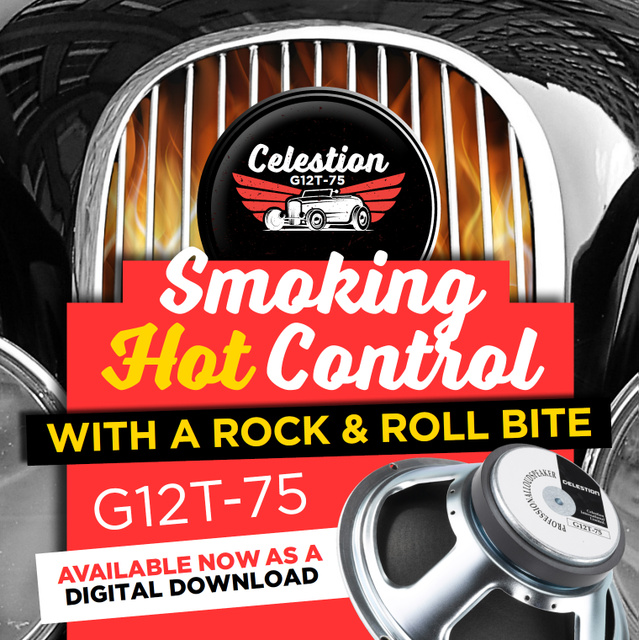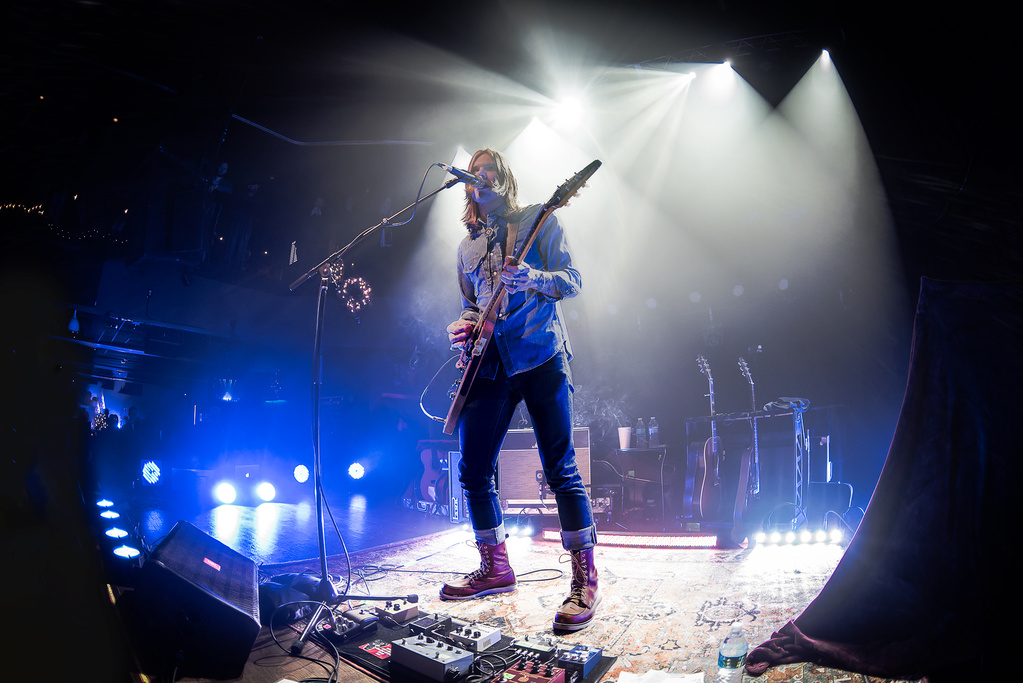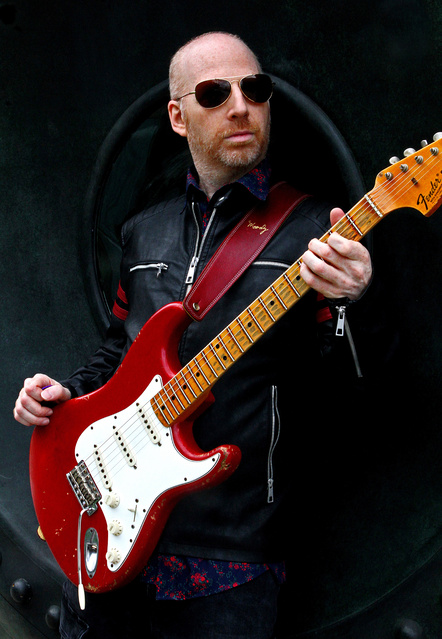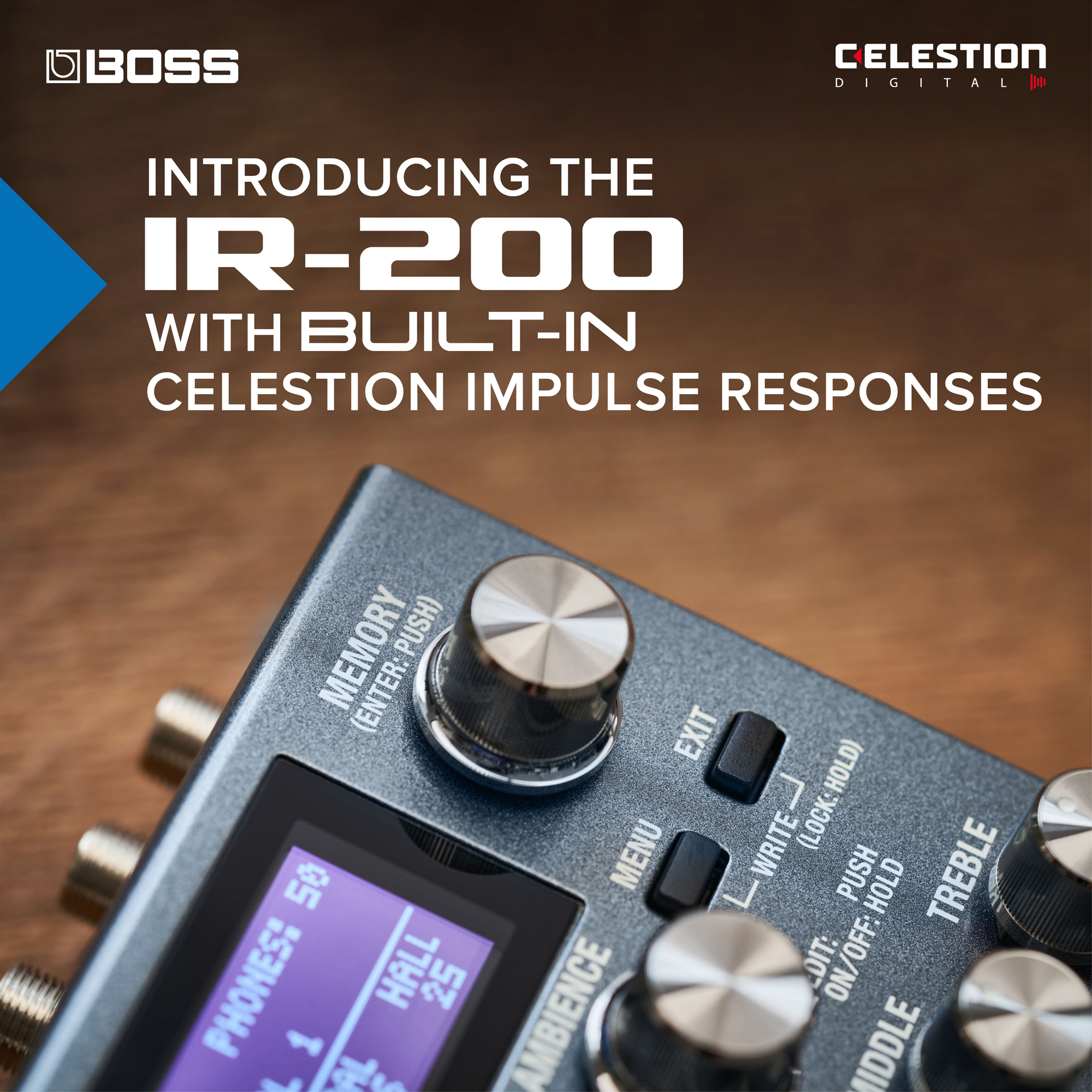
Featured in what is probably the world’s top selling 4×12 cabinet the G12T-75 guitar speaker is a high powered rock player’s dream. Built to meet the demands of high gain amplifiers the G12T-75 combines a huge, tightly controlled low-end and aggressive mid-range, with a softened top-end that adds a welcome sweetness to overdrive distortion alongside aggressive upper harmonics.
These are the characteristics that make the G12T-75 the weapon of choice for Yngwie Malmsteen and Joe Satriani.









